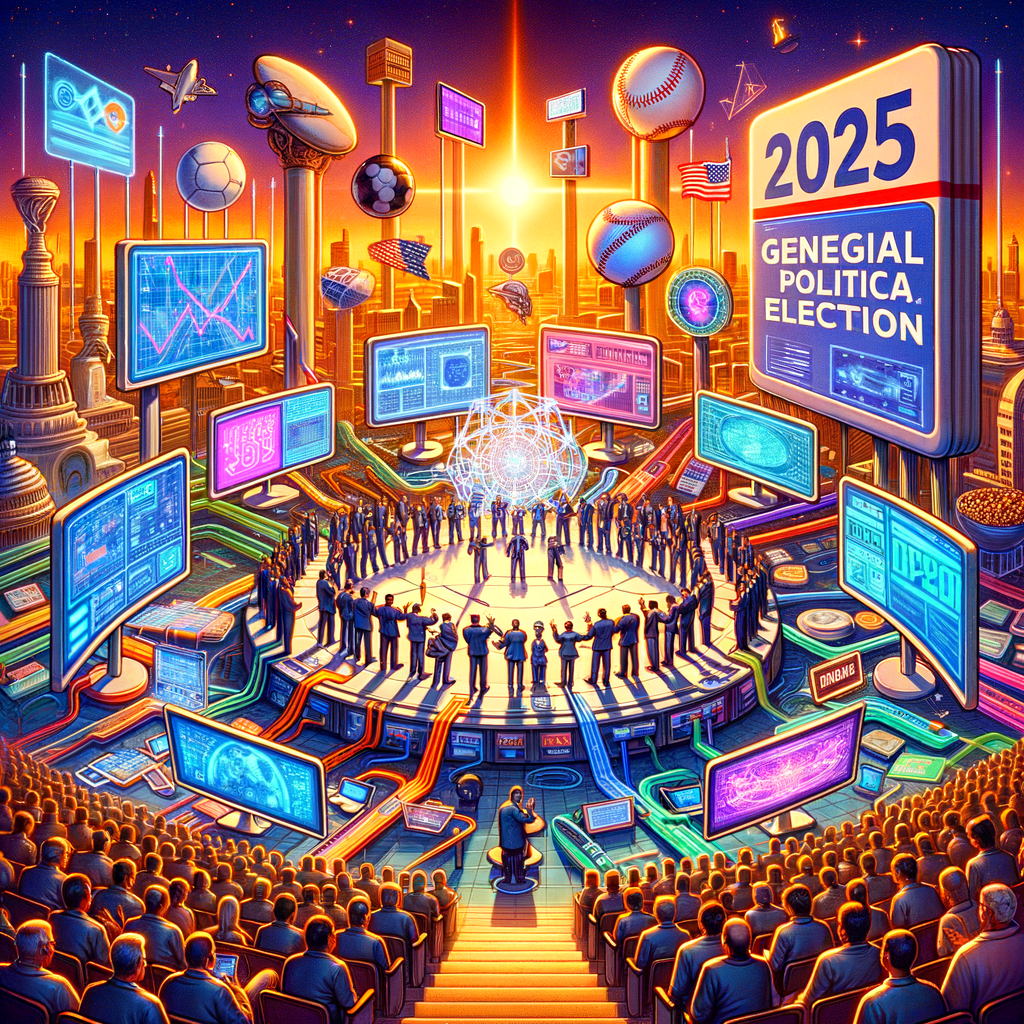The sports arena is undergoing a seismic shift, and the driving force behind it is data-powered insights and advanced algorithms. Athletes may still be human on game day, but the strategies, how they’re assessed, and even how games are broadcasted are becoming increasingly tech-driven. Let’s dive into how technology is taking over the sports industry and finally hitting a new high score.
From Chalkboards to Dashboards
It’s hard to believe that there was once a time when the most cutting-edge piece of equipment on a coach’s sideline was a chalkboard. Now, chalkboards have been replaced by interactive dashboards that allow coaches and analysts to map out every possible scenario on the field based on real-time data.
Instead of sifting through hours of game footage, analyzing player performance now can happen almost instantly. By tracking things like:
- Movement patterns – Analyzing where players are positioned on the field or court at any moment.
- Physical attributes – Measuring their speed, heart rate, and even fatigue levels.
- Tactical patterns – Spotting formations and set plays before they even happen.
This shift from “chalk talk” to “data talk” allows teams to adjust strategies on a dime and pinpoint weaknesses faster than ever before. As a result, the sports world is no longer just a game of inches—it’s also a game of terabytes.
The Stats Revolution: It’s More Than Numbers
Statistics in sports isn’t new—think about batting averages, three-point percentages, or rushing yards per game—but the way we approach and interpret these stats today is light-years ahead of what it used to be. Where once a batting average was just a batting average, now there’s an opportunity to dissect that number to its core.
For starters, stats are no longer limited to just headline-grabbing data points. Today, analysts can quantify seemingly intangible things like “defensive positioning” or “impact on teammate success.” Teams are merging traditional metrics with advanced insights like Expected Goals (xG) in soccer or Player Efficiency Rating (PER) in basketball.
Beyond dissecting the past, today’s technological advancements allow for predictive modeling. Want to know how your team will perform in the next game based on current conditions? These algorithms can give pretty accurate forecasts, taking pre-game analysis to a whole new level.
The Rise of Wearable Tech
The future of game analysis fits comfortably on a wrist or around your chest—wearable tech. Already employed by a growing number of professional athletes, wearables are giving coaches and sports scientists granular data on performance and health.
Think about it as an extension of the coach’s eye, but far more precise and working 24/7. These wearables track:
- Heart rate variability, which determines an athlete’s recovery status and readiness to perform.
- Hydration levels to avoid mid-game collapses due to dehydration.
- Muscle fatigue, which can predict injuries before they happen.
Now, instead of waiting until an athlete feels sore after a game, coaches can strategically manage workloads or resting periods based on hard data. Teams aren’t just guessing when it comes to performance health anymore—they know.
Game Day Experience: A Whole New Level for Fans
And it’s not just the insiders—the athletes and the coaches—who benefit from advancements in game analysis technology. Spectators, casual or die-hard, are also getting a more immersive game-day experience, thanks to technological advancements.
For one, live broadcasts have gotten smarter. Major networks now embed instant replays with motion-tracking tech, allowing fans to see the game from new perspectives: whether it’s the trajectory of a 60-yard touchdown pass or the exact spin on a soccer ball during a World Cup knuckle shot. And let’s not even get started on virtual and augmented reality.
Imagine putting on a headset and standing side-by-side with your favorite athlete while they enter the tunnel, run plays, or warm up. With VR and AR, fans don’t have to visualize the game—they are immersed in it.
Beyond that, viewers also get real-time analytics during a live broadcast. Want to know where a basketball player ranks on defense while they’re running down the court? A few clicks away, you can access all that data, gaining insights during the game itself.
Level Up: How Teams Win With Better Tech
In an increasingly tech-driven sports landscape, one thing is becoming abundantly clear: the teams that adapt are the teams that thrive.
Take the NBA, for example. Basketball franchises are now tracking player load management to strategically rest superstars when data suggests that fatigue could affect performance or result in an injury. In sports like soccer, sophisticated algorithms are used to develop advanced game strategies based not just on the opposing team’s record but on how they behaved in certain in-game scenarios.
Ultimately, teams with access to cutting-edge tech are gaining a noticeable edge over teams that rely solely on traditional methods. It’s the difference between placing bets based on the gut and making moves based on information certainty.
A Shot at the Future
Game analysis powered by modern tech is only just getting started but it’s already leading to monumental shifts in how sports are played, coached, and consumed. From understanding player health through biometrics to making game-winning calls based on real-time data, there’s more potential at our fingertips than ever before.
So, where is this all heading? Perhaps the players of tomorrow might even be part machine—armed with sensors and data-tracking tech to help them achieve maximum performance. Maybe one day, even the lineup of players on the field will be determined by algorithms designed to maximize every player’s contribution to a game’s final score—and, frankly, it’s an exciting thought.
For now, one thing is certain: the sports arena, both on and off the field, has entered a new frontier—all thanks to the intersection of athletics and cutting-edge analysis technology. And whether you’re thrilled by the competitive edge that data provides, or just enjoy a richer, more interactive viewership experience, one thing is clear—the game will never be the same.
Stay tuned, sports lovers. Because the future of athletics? It’s a show stopper.










